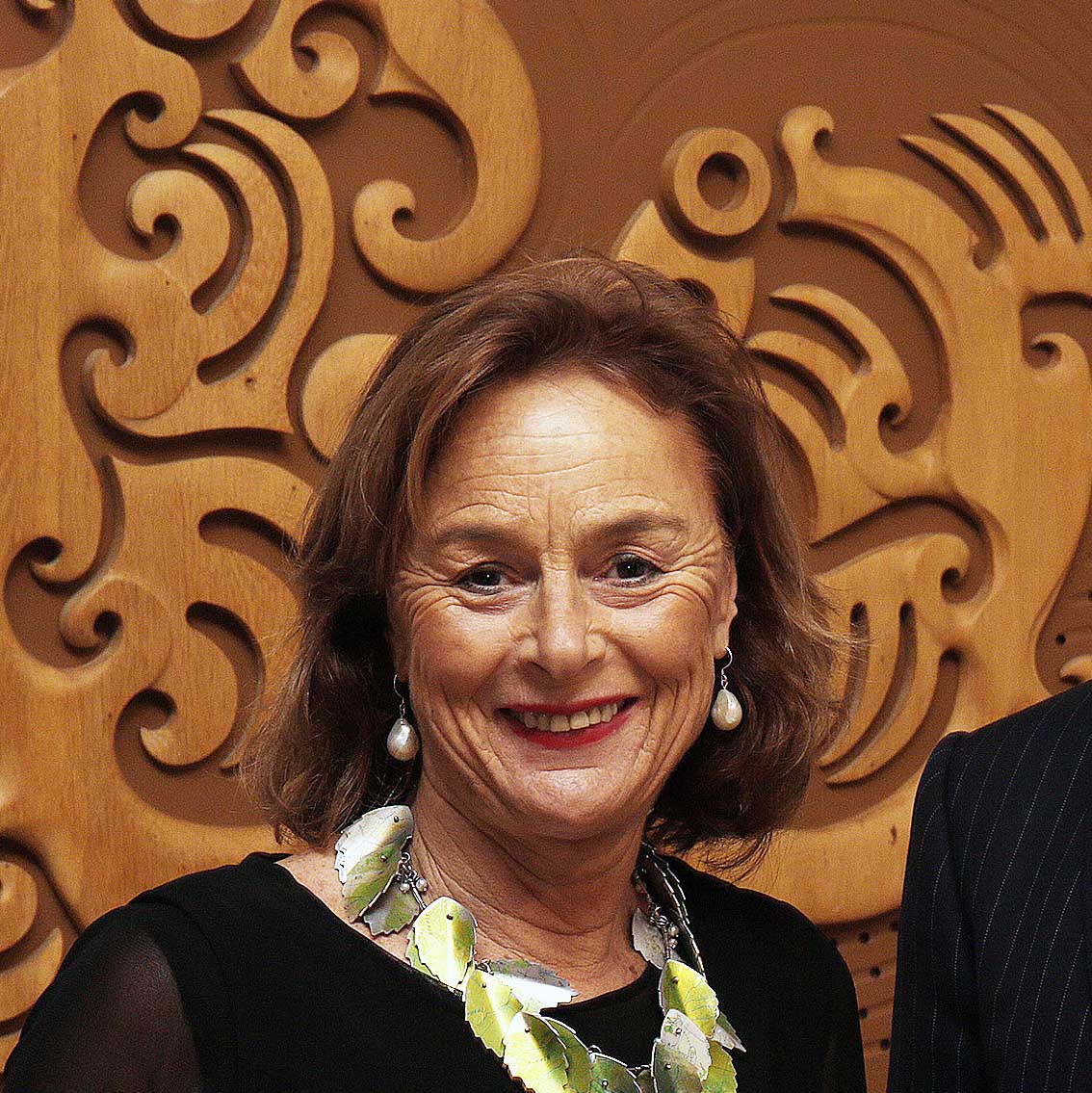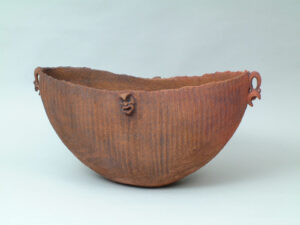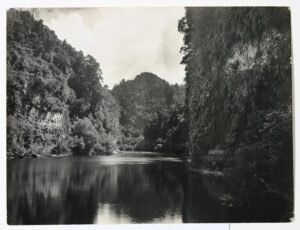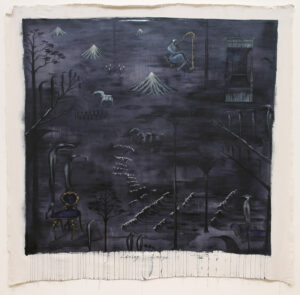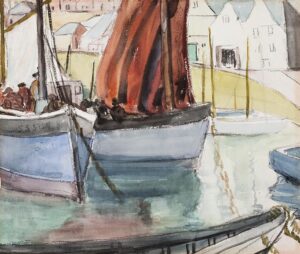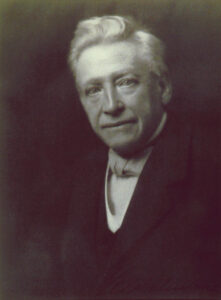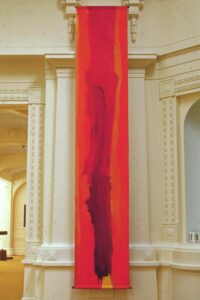July 2021: Nicola Williams, chairman of the Sarjeant Gallery Trust
Each month a member of our community is invited to browse our online collection and select six of their favourite artworks. Each ‘My Choice’ selection, together with personal responses to the works, will be available to view on the Sarjeant Gallery website for one month at a time. The July 2021 My Choice has been selected by Chairman of the Sarjeant Gallery Trust Board Nicola Williams MNZM, and is available to view until 31 July 2021.
As well as 3 years working for a finance company and merchant bank, Nicola Williams worked in the NZ fishing industry for 18 years in a family company based at Castlecliff, Whanganui. The company was sold to Sanfords Ltd in 1994 and since that time Nicola has managed a number of family investment entities as well as involving herself in community projects and local politics. She was a trustee of the Wanganui Life Education Trust, a founding member of the Wanganui Arts Festival and Blooming Arts Festival, Chairman of the ERUPT Lake Taupō Festival Trust for 8 years, a Corporate Patron of the Sarjeant Gallery since 1994, and a long term supporter and benefactor of numerous NZ charities. She has also involved herself in a number of election campaign teams, a delegate for the National Party in the Taupō Electorate and served as a Councillor on the Taupō District Council for one triennium. Nicola has acted as Chairman of the Sarjeant Gallery Trust since 2014 and along with Greg Anderson, Sarjeant Gallery Director, has spearheaded the capital raising for the Sarjeant Gallery Redevelopment Project. She was awarded an MNZM in June 2019 for her efforts.


